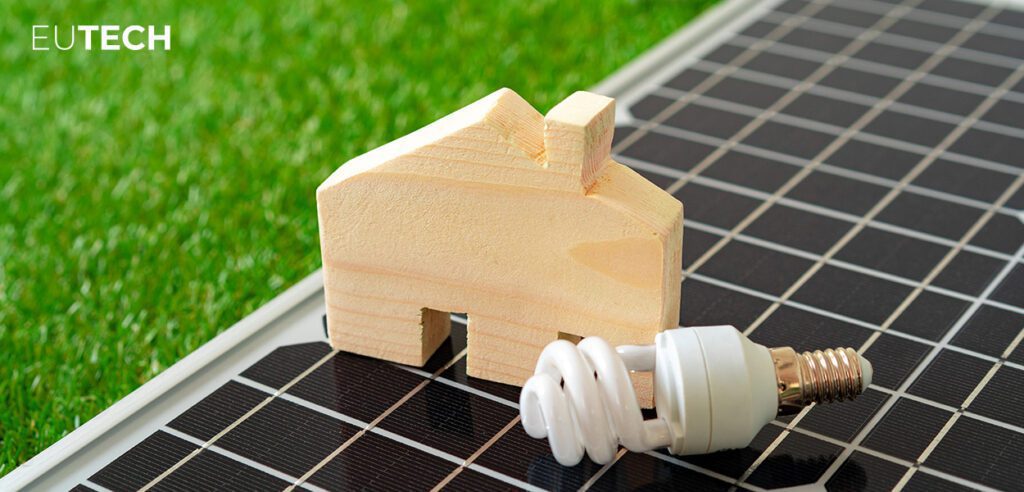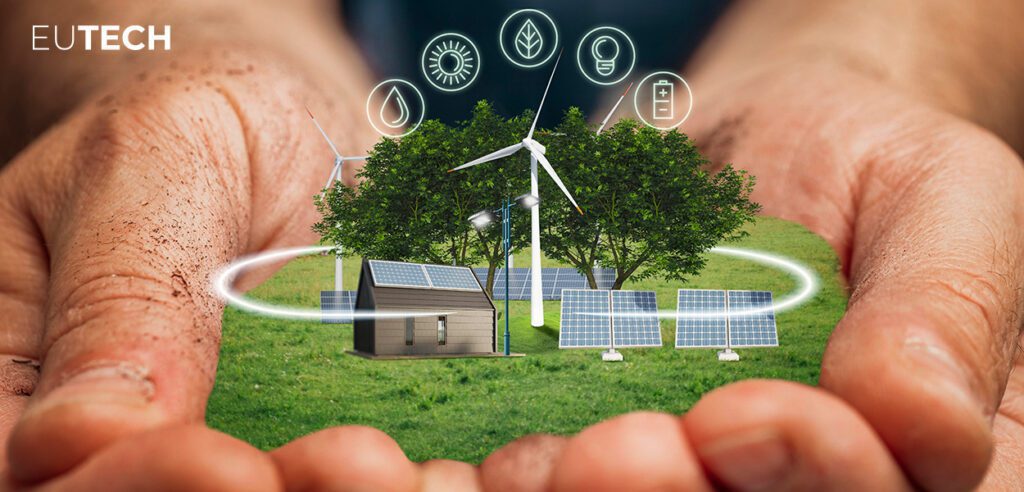The global shift towards renewable energy is no longer a distant aspiration but an urgent necessity. As nations strive to address the climate crisis, the use of renewable energy sources like wind, solar, hydro, and geothermal is accelerating. In this Blog, we’ll explore what renewable energy is, its advantages, challenges, and how leading countries like Germany are setting a global example in this regard.
What is Renewable Energy?
Renewable energy is derived from natural processes that are continuously replenished. Unlike non-renewable energy sources (e.g., fossil fuels like coal, oil, and gas), which are depleting rapidly, renewable sources of energy like sunlight, wind, and water are abundant and clean. This contrast makes renewable energysolutions a cornerstone for long-term sustainability.
The International Renewable Energy Agency (IRENA) defines renewable energy as energy from natural resources that do not diminish over time, providing a pathway to significantly reduce greenhouse gas emissions.
Types of Renewable Energy
Different types of renewable energy are being increasingly adopted worldwide. Some key examples include:
- Solar Energy: Solar panels convert sunlight into electricity using photovoltaic cells. By 2050, solar energy could account for 20% of global electricity, according to the International Energy Agency IEA.
- Wind Energy: Wind turbines harness wind power to generate electricity. Countries like Denmark and the United States lead in wind energy development, operating large wind farms both onshore and offshore.
- Hydropower: This involves energy from moving water, typically generated through dams. Hydropower accounts for about 16% of global electricity production, making it a widely used renewable energy resource.
- Geothermal Energy: Geothermal plants generate continuous power by tapping into the Earth’s internal heat, offering one of the most reliable renewable energy examples.
- Biomass Energy: Organic materials like plant waste and wood are burned or converted into biofuels, providing a sustainable energy source.
The adoption of these renewable energy solutions varies by region, depending on geographical, economic, and technological factors. For instance, nations with abundant sunlight like Spain and regions with strong winds like Northern Europe are already reaping the benefits of these renewable energy sources.

Advantages and Benefits of Renewable Energy
There are numerous advantages of renewable energy over traditional non-renewable energy sources, making it a pivotal component of future energy strategies:
- Environmental Benefits: Renewable energy sources produce little to no greenhouse gases during operation, helping mitigate global warming. According to the World Resources Institute, switching to renewables could prevent up to 4.2 gigatons of CO₂ emissions annually by 2030.
- Energy Security: As nations diversify their energy mix with renewable energy resources, they reduce their reliance on volatile fossil fuel markets, ensuring a stable energy supply and enhancing national security.
- Economic Growth and Jobs: The renewable energy sector is a powerful driver of economic growth, creating millions of jobs globally. In 2022, IRENA estimated that over 12 million people were employed in the renewable energy industry, with this number expected to rise as more countries invest in renewable energy solutions.
Challenges and Disadvantages of Renewable Energy
Despite the promise of renewable energy, there are some disadvantages of renewable energy that need to be addressed:
- Intermittency: Renewable energy sources like wind and solar depend on weather conditions, unlike coal or gas plants that generate electricity on demand. The development of energy storage technologies, such as batteries, is helping to overcome this challenge.
- Geographical Limitations: Not all regions have equal access to renewable energy resources. Coastal areas may be better suited for wind energy, while regions with ample sunlight are ideal for solar power.
- High Initial Costs: The upfront capital required for renewable energy projects can be significant. Though costs are rapidly decreasing—solar energy costs have dropped by over 80% in the last decade, according to Bloomberg—infrastructure investments still represent a barrier for some nations.
Germany: A Leader in Renewable Energy Transition
When it comes to renewable energy in Germany, the country stands out globally. Germany’s “Energiewende,” or energy transition plan, focuses on phasing out nuclear and coal-based power while expanding renewable energy sources. The Renewable Energy Act (EEG) has played a critical role in supporting the rapid growth of renewable energy companies in Germany.
- In 2023, Germany’s renewable energy share in electricity consumption reached 52%, driven primarily by wind and solar energy. This is part of its plan to achieve 100% renewable electricity by 2035 (Federal Ministry for Economic Affairs and Energy).
- Germany has also pioneered the use of renewable energy certificates, a market-based instrument used to certify the environmental attributes of renewable electricity. This system allows companies and consumers to support the generation of renewable energy directly, adding transparency and accountability to green energy investments.

The Global Outlook on Renewable Energy
Globally, the outlook for renewable energy is optimistic. The International Energy Agency predicts that renewable energy will grow by 50% between 2021 and 2026, driven by the growing competitiveness of wind and solar power.
Some future projections include:
- By 2050, renewable energy sources could provide 90% of the world’s electricity needs, according to IRENA.
- The global renewable energy market is expected to surpass $1.5 trillion by 2030.
- In countries like India and China, where energy demand is skyrocketing, renewable energy solutions are being rapidly deployed to meet growing needs.
The transition to renewable energy is essential for addressing climate change and ensuring energy security. By embracing renewable energy resources, the world can significantly reduce greenhouse gas emissions, stabilize energy costs, and create millions of jobs. As countries like Germany demonstrate, the benefits of renewable energy far outweigh the challenges, paving the way for a sustainable energy future.









